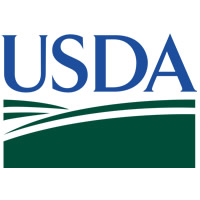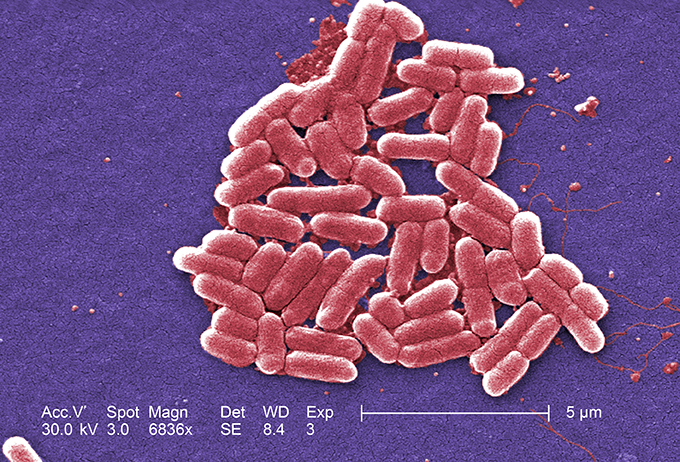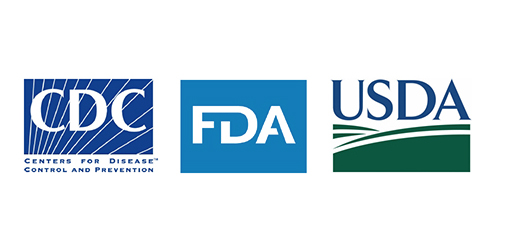On November 21, 2024, the U.S. Department of Agriculture’s (USDA) Food Safety and Inspection Service (FSIS) announced changes to the agency’s leadership team.
Dr. Denise Eblen, currently FSIS’ Assistant Administrator for the Office of Public Health Science, has been named agency Administrator. As Assistant Administrator for the Office of Public Health Science since 2018, Dr. Eblen has led the agency’s scientific analysis, including oversight of FSIS laboratories and testing of regulatory samples, risk assessment, and outbreak investigation and response. Drawing from her twenty five years of experience at USDA, she will continue to steer FSIS in its efforts to use science-based decision making to modernize the agency’s inspection strategies, policies, and approaches to improve public health. In addition to her work with FSIS, Dr. Eblen has held roles with USDA’s National Institute of Food and Agriculture and the Agricultural Research Service.

Dr. Eblen holds a Bachelor of Science Degree in Human Nutrition from the University of Ulster at Coleraine in Northern Ireland, a Master of Science Degree in Food Science from Queen’s University, Belfast, in Northern Ireland, and a Ph.D. in Food Safety Microbiology from the University of Ulster at Jordanstown, Northern Ireland.
Paul Kiecker will take on the role of Assistant Administrator in the Office of Investigation, Enforcement and Audit, where he will apply his deep experience with the agency and his leadership capabilities to head FSIS’s investigation, enforcement, and audit functions. Mr. Kiecker has served FSIS for more than thirty years, beginning as a food inspector in 1988 and most recently serving as Administrator. His previous roles include experience across the Office of Field Operations and as a Compliance Investigator and Supervisory Compliance Investigator with the Office of Investigation, Enforcement and Audit. Mr. Kiecker has advanced the agency’s workforce recruitment effort and engagement with FSIS’ large team of field employees, among other key priorities.
“Each of these leaders brings a wealth of experience with FSIS, expertise in different aspects of the agency’s mission, and a personal commitment to protecting public health by ensuring a safe food supply,” said Dr. Emilio Esteban, USDA Under Secretary for Food Safety. “I am honored to work alongside them, and I look forward to seeing the path they will chart forward to advance food safety in the days and years to come.”
According to USDA’s website, these leadership changes will take effect Dec. 9, 2024.

















